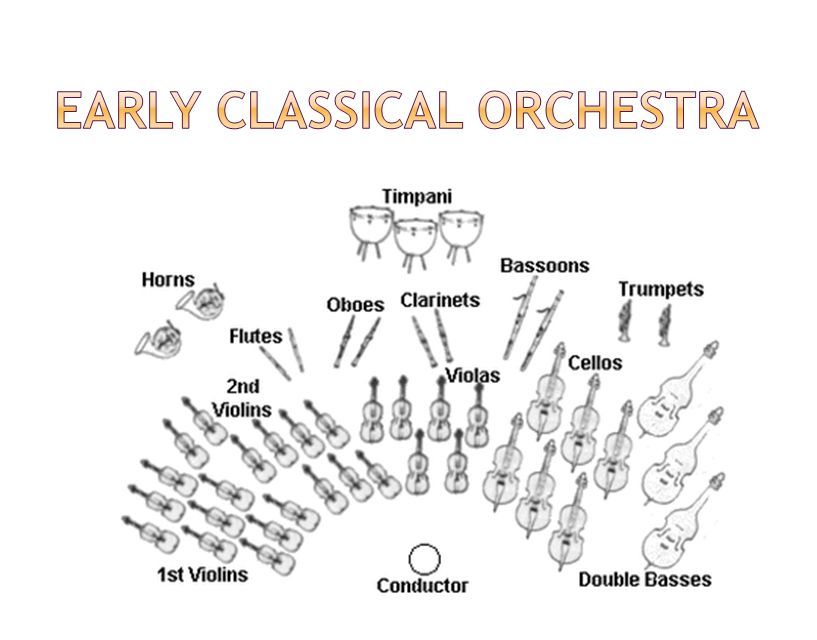The Classical Period 1750-1820
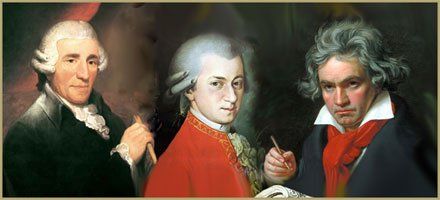
Here is a brief outline of the Classical Period which is very useful for students working towards their grade 5 and 6 practical exams. The references to structures used is relevant to grade 6 aural tests especially.
https://www.youtube.com/watch?v=uhooZG6jiOM
Classical music saw a huge contrast to the earnest and heavy textures of the Baroque period. Classical music is lighter and clearer but the form becomes more sophisticated but the style is simpler. The texture is mainly homophonic, favouring a clear melody line over an accompaniment based on chords. Style Gallant, or galanter stil is a useful term, this is a clear, elegant, uncomplicated style that was favoured in contrast to the complex style of Baroque counterpoint. It is light, graceful, sometimes witty, and very pleasing to listen to. Variety and contrast within a piece became more pronounced than before and the orchestra increased in size, range, and power.
During the Classical period, the harpsichord was replaced as the main keyboard instrument by the piano (initially it was called the fortepiano, literally ‘loud quiet’). Unlike the harpsichord, the piano enables the performer to play louder or softer which means that the pianist can play with more expression. Significant kinds of instrumental music were the sonata, concerto, string quartet, and symphony . Vocal music, such as songs for a singer and piano (a significant part of the work of Schubert), choral works, and opera (a staged dramatic work for singers and orchestra) were also important during this period.
Suggested Listening
Wolfgang Amadeus Mozart (1756-1791)
Mozart Piano Sonata in C, K545. 1st movement –
https://www.youtube.com/watch?v=4xeAsc6m35w
Notice the Alberti Bass accompaniment supporting a light, graceful melodic line. It is full of scale and arpeggio figures; this is why learning your scales and arpeggios is valuable! There are more gradations in dynamics than the baroque period but often sudden changes.
The structure is Sonata form, can you hear the 1st subject, transition then the 2nd subject?
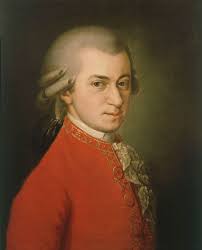
Joseph Haydn (1732-1809) Quartet in D minor, Op. 76 No. 2
Austrian composer who was one of the most important figures in the development of the Classical style in music during the 18th century. He helped establish the forms and styles for the string quartet and the symphony. Often called ‘The Father of the String Quartet’ and ‘Father of the Symphony.
This quartet is sometimes known as the "Quinten" or "Fifths" Quartet, because of the opening descending intervals in its first movement. The first movement is firmly structured around the "fifths" motive, and shows Haydn at his most serious. Haydn uses Sonata form but his compositions are monothematic (one subject)
https://www.youtube.com/watch?v=e9p2RXbEvo4
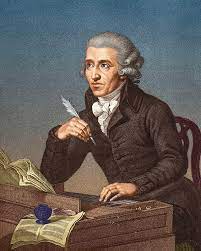
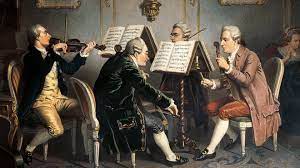
Muzio Clementi (1752-1832)
Sonata op.24 no.2
The bright optimistic mood of the Classical style is easily identified here. The harmonic structure is simple and the keyboard writing based around chordal structures and scales. There are fewer ornaments than in Baroque music, but still common, especially trills.
The Keyboard range is a little wider than before, but often with a bias towards the treble register. The sustain pedal – was just being developed in the Classical period. Likely to be used sparingly or not at all in your exam extract.
https://www.youtube.com/watch?v=T4mj-gHnODg
Franz Schubert (1797-1828)
Scherzo in B-flat, D593
"Scherzo" implies something playful and you will notice humorous moments of this piece. Generally, the dynamic level is soft with require a light touch, but there are some dramatic contrasts, such as the fortissimo of bar 13. Grace notes provide a cheeky little twist to accentuate their discordant nature. Notice the dissonances such as the first beats of bars 4, 8 and 12 which help the pianist to shape the line.
The Trio section brings a complete change of mood, it is much more legato and calm. This is typical of the contrasts which classical composers enjoyed using.
https://www.youtube.com/watch?v=PFGpUJKheWA

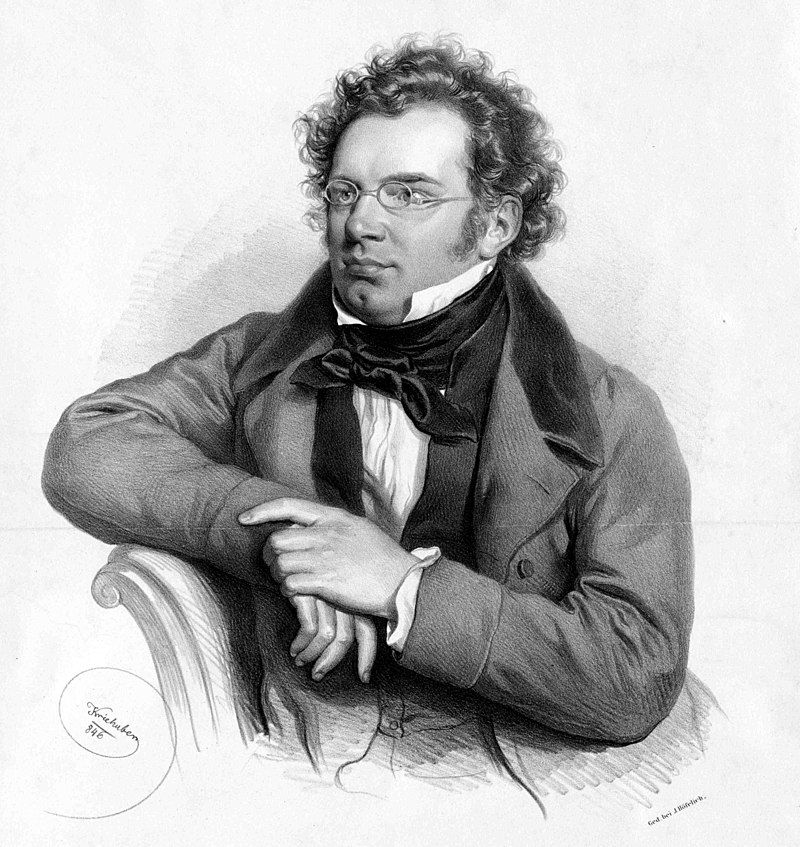
Mozart (1756-1791)
Flute Harp Music Concerto K 299 - 1st Movement Allegro
Just enjoy this beautiful piece! The soloists in the piece will sometimes play with the orchestra, and at other times perform as a duo while the orchestra is resting. The flute and harp alternate having the melody and accompanying lines. In some passages, they also create counterpoint with just each other.
https://www.youtube.com/watch?v=AcoN47_eJv8
Joseph Haydn (1732-1809)
Symphony No. 94 in G Major (Surprise) Second Movement: Andante
Haydn had a great sense of humour and this is heard in this composition. How did Haydn surprise his listeners?
The movement is in C major (the subdominant of G), and its structure is a theme and variations form.
The theme is in two 16-bar sections, comprising two repeated eight-bar sections. The surprise chord is
set up with pianissimo pizzicato strings accompanying the repeated first eight bars. Can you hear which variation is in a minor key?
